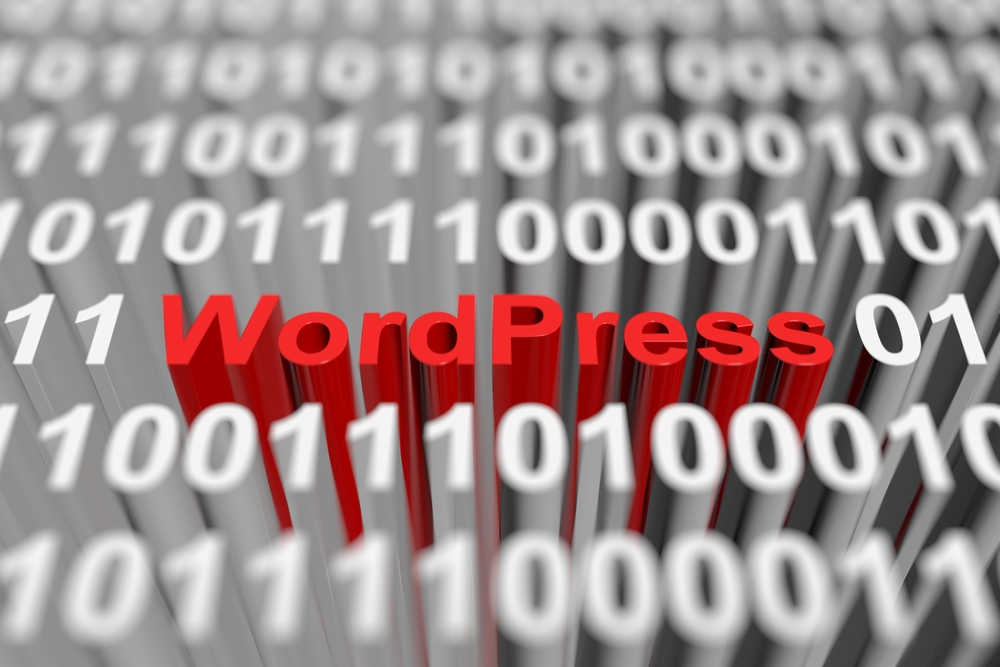
Starting a blog can be an exciting and rewarding endeavor. Whether you're looking to share your thoughts on a particular topic, promote your business, or simply connect with like-minded individuals, blogging can be a great way to express yourself and engage with others online. However, if you're new to the world of blogging, it can also be a bit overwhelming. With so many different platforms, tools, and strategies to consider, getting started can feel like a daunting task.
Choosing a platform
One of the first decisions you'll need to make when starting a blog is which platform to use. There are a variety of popular blogging platforms available, each with its own set of features and benefits. Some of the most popular platforms include WordPress, Blogger, and Tumblr. WordPress is one of the most widely used platforms, offering a user-friendly interface, customizable themes, and a wide range of plugins to enhance your blog's functionality. Blogger is another popular choice, especially for beginners, as it's owned by Google and integrates seamlessly with other Google products. Tumblr is a more visual platform, ideal for bloggers who want to focus on images and multimedia content.
Choosing a niche
Once you've chosen a platform, the next step is to decide on a niche for your blog. Your niche is the specific topic or subject that your blog will focus on. Choosing a niche is important because it will help you define your target audience and differentiate your blog from others. When choosing a niche, consider your interests, expertise, and the needs of your target audience. Whether you're passionate about travel, food, fashion, or technology, there's a niche for everyone.
Creating quality content
One of the keys to a successful blog is creating high-quality, engaging content that keeps your readers coming back weblog site for more. When creating content for your blog, consider your target audience and their interests. Make sure your content is informative, entertaining, and relevant to your niche. You can use a variety of media types, such as text, images, videos, and infographics, to keep your content engaging and visually appealing. Remember to proofread your content before publishing it to ensure it's error-free and easy to read.
Promoting your blog
Once you've created your blog and started publishing content, the next step is to promote it to attract readers. There are many different ways to promote your blog, including social media, email marketing, guest posting, and search engine optimization (SEO). Social media is a great way to connect with your audience and share your content with a wider audience. Email marketing allows you to reach out to your subscribers directly and keep them updated on your latest posts. Guest posting on other blog can help you reach new readers and build backlinks to your own blog. SEO is important for ensuring your blog ranks well in search engine results and is easily discoverable by potential readers.
Engaging with your audience
Building a successful blog isn't just about creating great content; it's also about engaging with your audience and building a community around your blog. Encourage your readers to leave comments on your posts, ask questions, and share their thoughts and opinions. Respond to comments and questions promptly to show your readers that you value their feedback. Consider hosting giveaways, contests, or live Q&A sessions to interact with your audience and keep them engaged. Building a strong relationship with your audience will help you establish a loyal following and keep them coming back to your blog.
Monetizing your blog
If you're looking to generate income from your blog, there are several different ways you can monetize it. Some popular monetization strategies include affiliate marketing, sponsored content, selling digital products, and display advertising. Affiliate marketing involves promoting products or services from other companies and earning a commission for each blog website sale or lead generated. Sponsored content involves partnering with brands to create sponsored posts or reviews in exchange for payment. Selling digital products, such as e-books, online courses, or merchandise, can be a great way to monetize your expertise. Display advertising involves placing ads on your blog and earning a commission for each click or impression.
Frequently asked questions
Q: How often should I publish new posts on my blog?
A: The frequency of your blog posts will depend on your niche and your schedule. It's important to blog site be consistent and publish new content regularly to keep your readers engaged.
Q: How can I drive traffic to my blog?
A: There are many different ways to drive traffic to your blog, including social media, SEO, email marketing, and guest posting. Experiment with different strategies to see what works best for your blog.
Q: How can I make my blog stand out from others in my niche?
A: To make your blog stand out, focus on creating unique, high-quality content that provides value to your readers. Look for gaps in the market and opportunities to create content that sets you apart from your competitors.
Q: Is it necessary to have a professional design for my blog?
A: While a professional design can help enhance the credibility of your blog, it's not necessary to have one when you're just starting out. Focus on creating great content and building a loyal audience, and consider investing in a professional design as your blog grows.
Q: How can I stay motivated to blog consistently?
A: To stay motivated to blog consistently, set goals for yourself, create a content calendar, and make blogging a priority in your schedule. Remember why you started blogging in the first place and the impact you want to make with your blog.
Other useful resources